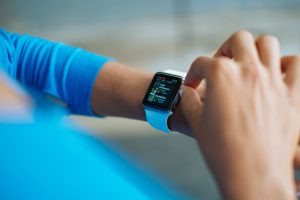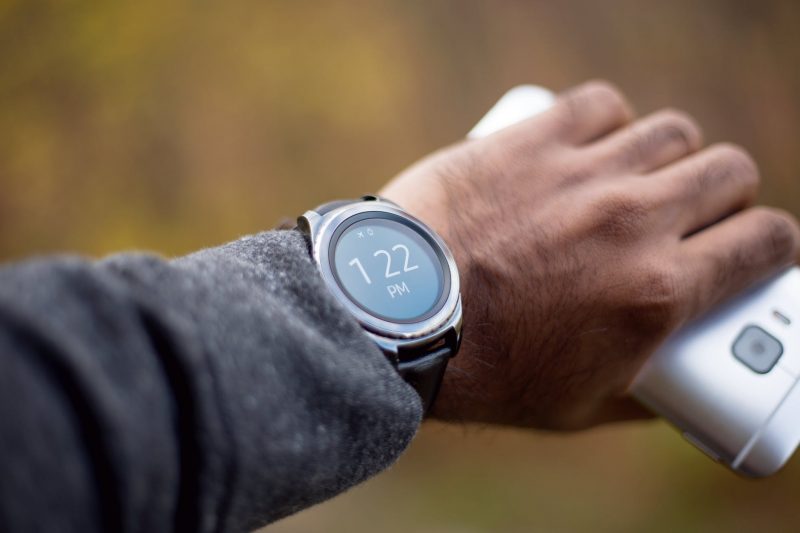Wearable technologies (also referred to as wearables) have great potential for assisting drive better health, safety, and productivity at work. A number of businesses, for example, building, warehouse, and production sectors are researching these alternatives, from fitness trackers into “smart” clothes and accessories together with embedded sensors, to improve operations. Useful applications of wearable technology to enhance safety include:
Tracking. Wearable sensors can monitor a worker’s body movements and posture and identify actions that raise the probability of injuries. Wearable equipment may also watch a worker’s vitals, for example, amount of anxiety or exhaustion, to recognise additional dangers that could result in accidents and injuries. By tracking heart rate and other vital signs, notifications can be sent to allow users to be aware of risks.
Alerting. Gear sensors can sound the alert when a work position becomes dangerous because of excessive noise, heat, or toxins.
Emergency quitting. On a crowded work floor, wearable technologies may alert operators to stop activity in a crisis. Some detectors may also shut down possibly harmful machines if employees get too near.
Instructing. Gear such as augmented-reality eyeglasses can provide employees with real-time info about the best way best to execute specific tasks. Other wearables can include quick access instructions and manuals for reference.
To get the maximum from wearable technologies, companies should consider these steps:
Search for proof. There is still little-published research to demonstrate that wearable technology is good at minimising accidents and fall prevention, and studying to boost sensor precision continues also. A lot of the available study comes from wearable technology manufacturers and sellers, not peer-reviewed resources, so review advice carefully. Workplace security specialists can be invaluable resources.
Locate the perfect fit. Wearable technologies is a growing sector with new vendors and alternatives daily. A company should not get overly involved in the most up-to-date or best gear. Instead, identify gaps in your operations and ascertain which wearables can help bridge these gaps.

Get workers on board. The most innovative technology will not make a difference whether it is used incorrectly or not at all. Involve employees who are proactive and advocate for safety. Be cautious about what information the organisation is collecting for privacy issues. Listen to workers’ questions and concerns before making decisions. This proactive communication can help create acquisition and encourage consistent and proper use.
Anticipate. Introducing wearables should not detract from current security practices. Maintaining your operations in mind, identify different impacts wearable equipment could have, and tackle every one. Reinforce the value of workplace safety in employee communications and training and always have necessary health equipment rental and first aid available.
Measure. Commercial usage of wearable technologies is at its infancy, so the effect on loss frequency, severity, and maintains costs remains unclear. But, it’s necessary to get a thorough comprehension of goals and also to measure before and after you make adjustments to have a real picture of performance.
Get information. A business that partners closely together with its risk management consultants and insurance will probably be in the ideal position to understand potential consequences and efficiently incorporate wearable technology to find the best outcomes.




